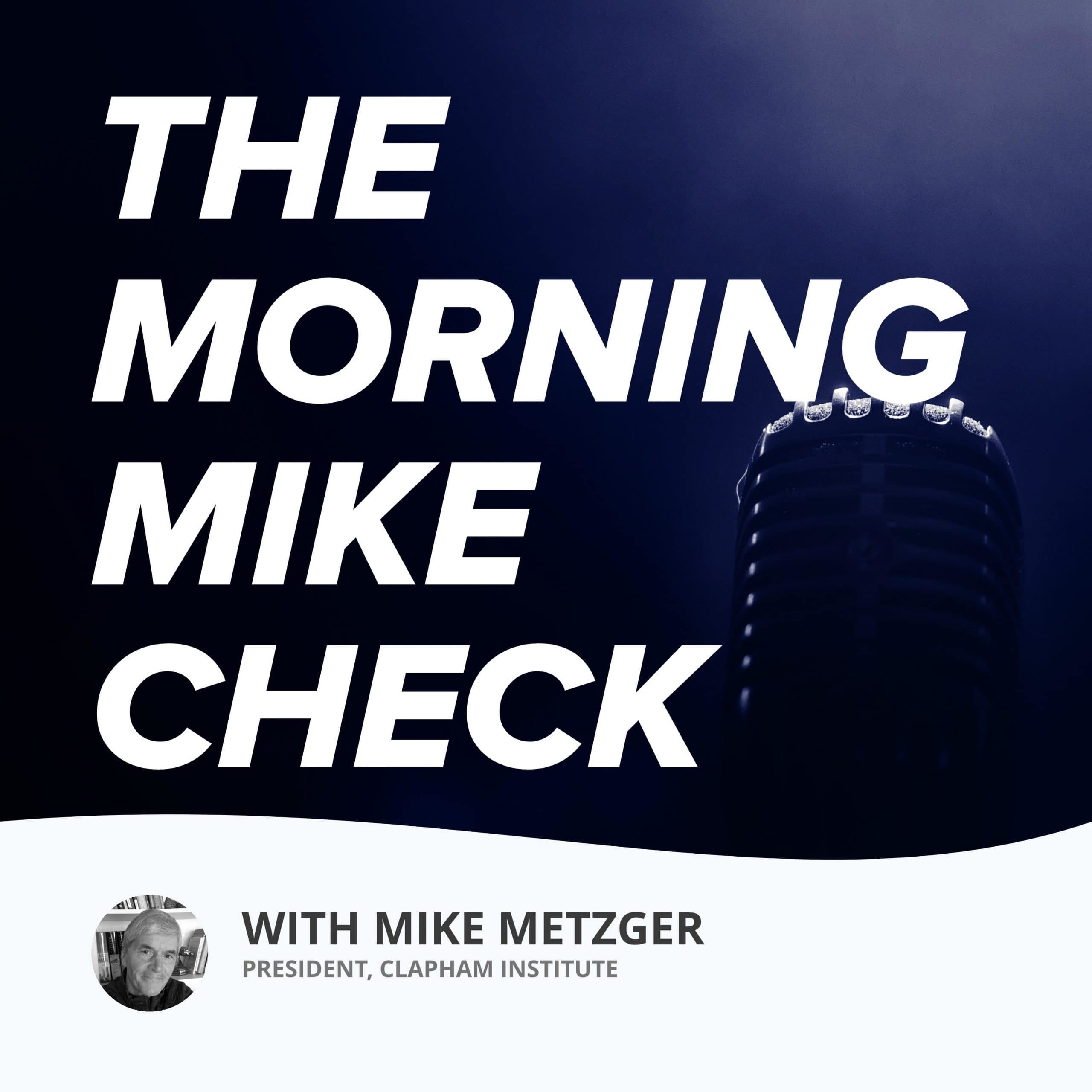Jonathan Haidt claims something happened “all of a sudden” around 2013 that led to the national crisis of Gen Z. What happened?
Last week I wrote about social media and the Artifice of Intelligence. It’s damaging, especially for Gen Z and capitalism according to Jonathan Haidt, a professor of social psychology at New York University’s Stern School of Business. I’ve found many Christians who appreciate Haidt even though he calls himself an atheist. Haidt grew up Jewish in New York, went to elite schools (BA from Yale, PhD from the University of Virginia, postdoctoral work at the University of Chicago) becoming politically left-leaning. Throw in his hostility to Christianity (“they believe in creationism and we scientists believe in evolution”) and you might scratch your head wondering why Christians appreciate Haidt.
Haidt’s hostility to Christianity began to soften when he got his first teaching position at UVA. Up to that time he’d never met a Christian. He met some thoughtful ones at UVA. They radiated a warmth and humility he hadn’t seen before. This opened his heart and mind. Haidr came to feel the scientific community had misunderstood and underestimated religion.
From this came his 2012 book, The Righteous Mind: Why Good People are Divide by Politics and Religion. Haidt posits that political conservatives (often Christians) have twice as many foundations for morality (six) as liberals (three). His hope is for politically liberal and conservative people to talk to each other, not right past each other as so many do. Together, they might operate more in groups, something Haidt sees religion good at doing.
Which is why I was drawn to Haidt’s recent Weekend Interview with Tunku Varadarajan. Haidt notes how depression rates started to rise “all of a sudden” around 2013, especially for Gen Z girls. In other words, if we’d stopped collecting data in 2011, we’d see little change from previous years. But “by 2015 it’s an epidemic.” Why? Go back to 2012.
2012 was the year the oldest Gen-Z babies were in their middle teens and Facebook acquired Instagram. Young people flocked to Instagram, launching the selfie era. Apple’s iPhone 5 (2012) with its improved camera skyrocketed the rates of Gen Z using social media and making selfies. Instead of getting out and “practicing the skills of adulthood in a low-stakes environment” with other kids, Gen Z kids started staying home alone. Gone were the days when kids would text each other, meet at the mall, do things together. Their formative years were “largely just through the phone” Haidt says.
This is more prevalent among girls as they are more drawn to visual platforms, Instagram and TikTok in particular. “Those are about display and performance. You post your perfect life, and then you flip through the photos of other girls who have a more perfect life, and you feel depressed.” Haidt calls this phenomenon “compare and despair,” noting how “it seems social because you’re communicating with people. But it’s performative. You don’t actually get social relationships. You get weak, fake social links.”
From this came “weakened kids” deprived of “the normal toughening, the normal strengthening, the normal anti-fragility” that kids experienced before 2013. Studies show previous generations of parents allowed children outside on their own between age seven and twelve. Overprotective parents in 2013 were unsure about the effects of social-media, so they kept their kids home. For Gen Z, this meant going “out on your own” came later.
For many it came when they went to college. Gen Z fragility led to the coddling the American mind, another book by Haidt. He says coddling began in American universities in 2015. “They all got stupid in the same way.” Universities implemented policies for fragile kids: trigger guards, speech codes, etc. Haidt fears these could backfire.
They are. The ripples of fragility are extending to the workplace. Managers tell Haidt it’s very difficult to supervise Gen-Z employees, to give them feedback. It’s difficult to advance professionally if you can’t bear getting feedback that’s anything less than You’re doing great!
Haidt also sees ripples in a fragile workforce threatening American capitalism. He says social media promotes an organizational culture of fear. “If corporations become less effective because everyone’s afraid of Twitter, afraid of what will be said about them, this could severely damage American capitalism.” When managers are “afraid to speak up honestly because they’ll be shamed on Twitter or Slack, then that organization becomes stupid.”
“Stupid is as stupid does” refers to the actions of someone as often being an indicator of their intelligence (or lack thereof). I see the artifice of intelligence—the opposite of true intelligence—sending out ripples of fragility threatening not only Gen Z but the American experiment in self-government and capitalism. Whether or not you’re a Christian, we ought to be addressing these issues. Reading Jonathan Haidt’s books is a good place to start.

It’s remarkable how much smart phones have transformed the landscape of teenage years. As the parent of a soon to be teenager, it is not only alarming but sometimes seems insurmountable to go against today’s trends with teenage phone use. It concerns me that schools won’t limit use and many parents fail to create any boundaries.
Lauren, I agree that smart phones have radically transformed the landscape for teens and their parents. For many, it is an utter wasteland! But there is hope. Our church actively promotes good books equipping parents and teens alike to say no to unfettered screen use. The “hybrid” school our teens attend bans smart phone use during the school day, no exceptions. Our teenagers (we have two and a 12-year old) get a phone when they begin to drive on their own, but no social media apps until 18. The result? Real, in-the-flesh friendships. Together, let’s equip our teens to run towards healthy relationships and away from smart phone abuse.